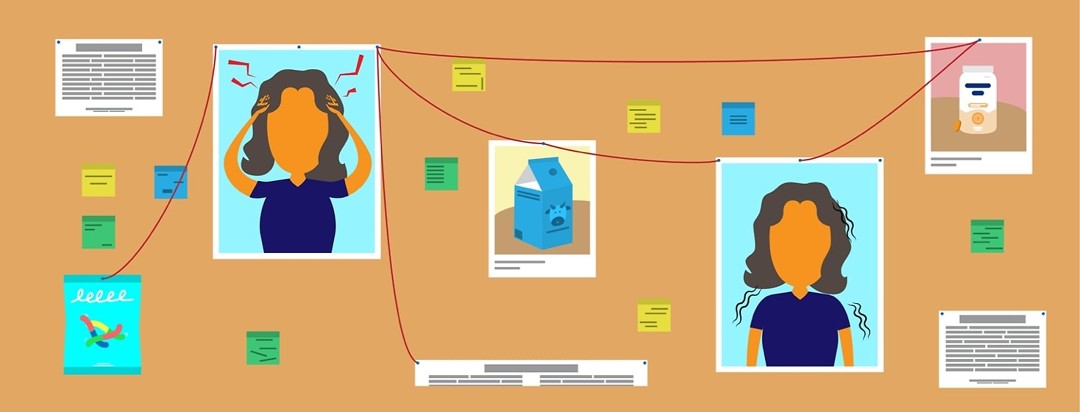Creating a Low Blood Sugar Action Plan
If you’re at risk for low blood sugar, it’s important to develop short and long term treatment plans. The first step starts with being able to recognize the signs and symptoms of hypoglycemia.
Recognizing low blood sugar
"I start panicking"
"[I’m] trying to crawl to the fridge to get something to survive."
"A primal instinct to eat."
These are low blood sugar descriptions by women experiencing them. Watch their video and read a great piece by Christel Oerum from Diabetes Strong about how low blood sugar feels.
Beta-blockers effect on symptoms
But, there’s a catch. If you take a beta-blocker, you may need to depend on other signs and symptoms of hypoglycemia. Beta-blockers are a medication often used to slow your heart rate or lower your blood pressure. That means during a low blood sugar, that medication will not allow your heart rate to increase and alert you to low blood sugar.
Curious to know if you're on a beta-blocker? Here's a list of beta-blockers. You can also ask your doctor or pharmacist.
Recognizing nocturnal hypoglycemia
Also, keep your radar up for nocturnal hypoglycemia, or low blood sugars in the overnight hours. They often look and feel different. For example night sweats, trouble sleeping, nightmares/bad dreams, waking up with little energy or “brain fog,” can all be signs of overnight hypoglycemia.
How low is too low?
For most people, blood sugar is considered too low if it's under 70 mg/dl. If your glucometer ever reads "Lo" that means your blood sugar is dangerously low. Most meters usually read "Lo" when blood sugar is less than 20 mg/dl.
Creating your treatment plans for low blood sugars
There are many things you can do to try to prevent hypoglycemia, but you may not always be able to avoid it. Having a short and long term plan for hypoglycemic events is an important part of your diabetes self-care. Also, remember, using a medical alert bracelet is an important tool to alert others you may need help if you are unable to treat a low blood sugar yourself.
If you have low blood sugar, it's critical you treat it right away. Don't finish your email, don't wait until your phone call is wrapped up, put down the laundry you're folding, and treat it. Low blood sugar should be treated with the same urgency as needing to go to the bathroom. Basically, it's your body's way of telling you it needs attention now!
Treating low blood sugar: A short-term plan
The recommended way to treat low blood sugar is the 15-15 rule. If your blood sugar is less than 70 mg/dl, eat 15 grams of fast-acting carbohydrate, and recheck your blood sugar in 15 minutes. Retreat your blood sugar if it’s still below 70 mg/dl when you recheck it.1
Great examples of 15-gram carbohydrate options:
- 1 cup of milk
- 1/2 cup regular pop or juice
- Fun-size bag of non-chocolate candies
- 3-4 glucose tabs
If you’ve experienced hypoglycemia, it’s important to also develop a long-term plan to protect yourself from more frequent low blood sugars.
Treating low blood sugar: A long-term plan
Creating a long-term plan based on how many low blood sugars are too many, and when to contact your healthcare team regarding hypoglycemic events, is individualized. Work with your healthcare team to create a personal plan for you. In the meantime, here are some general indicators, that are also signs that you may need to review your diabetes plan with your healthcare team:
- Someone has to help you treat a low blood sugar
- You have 2 or more low blood sugars in a week
- Your A1c is less than 6.5% and you are taking one or more diabetes medications
- More than 5% of your blood sugars are below 70 mg/dl
- You have hypoglycemia unawareness
Conclusion
If you’re at risk for low blood sugars, it’s important to be informed about what low blood sugars look and feel like and what to do about them. Developing short and long term plans surrounding hypoglycemic events and understanding when to involve your healthcare team is an important part of living healthy with type 2 diabetes.

Join the conversation